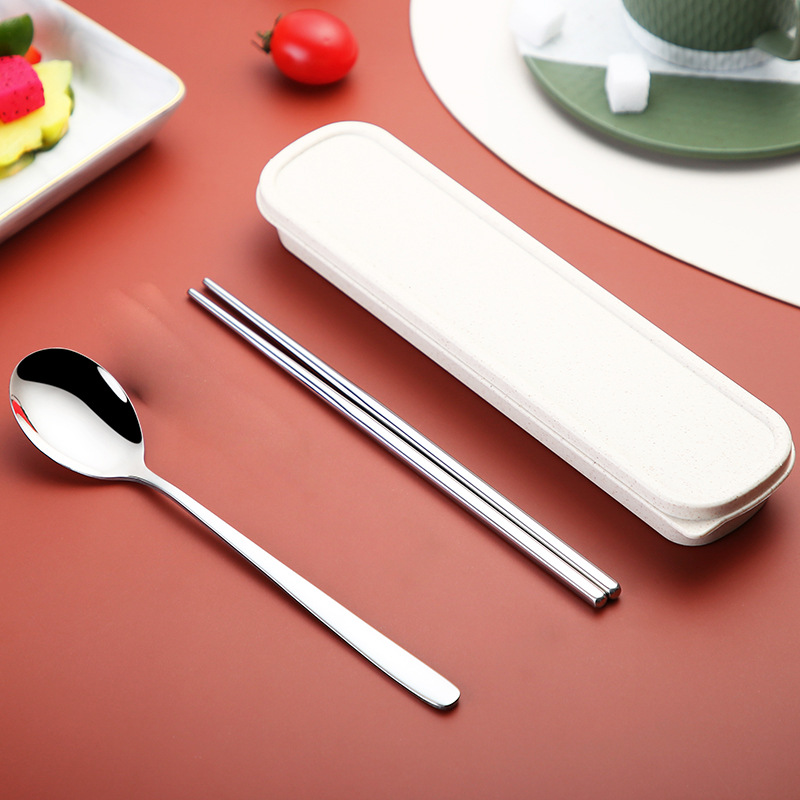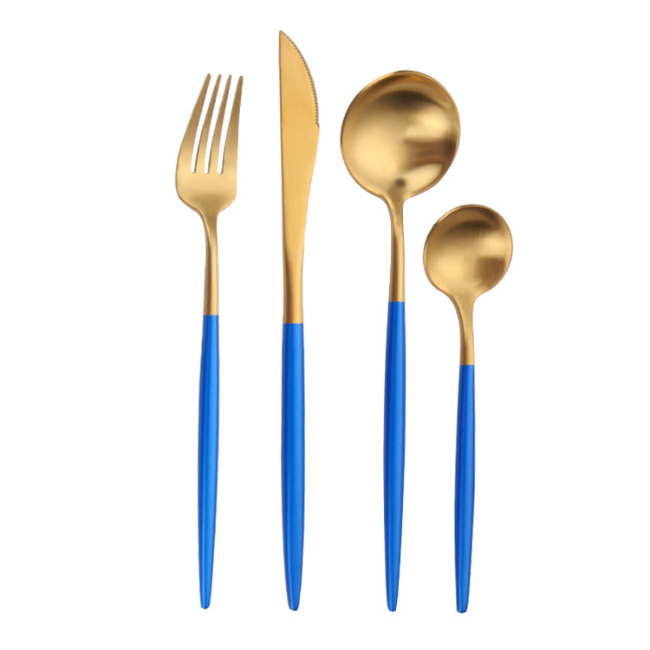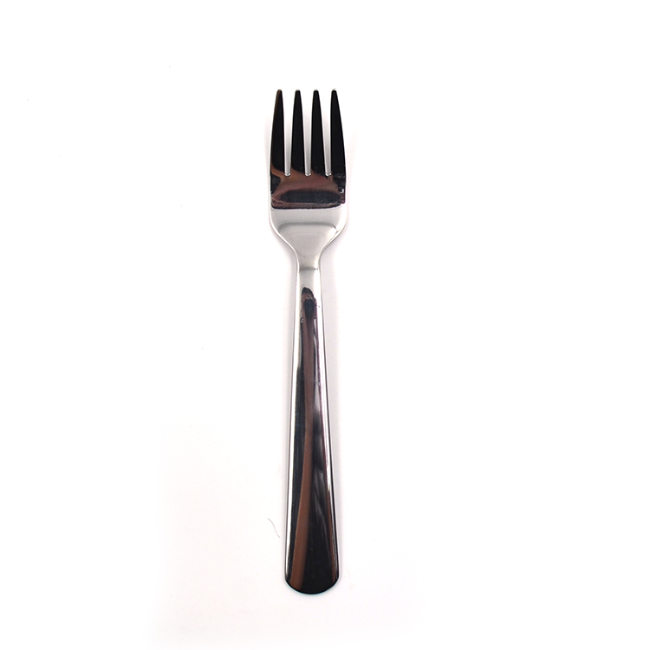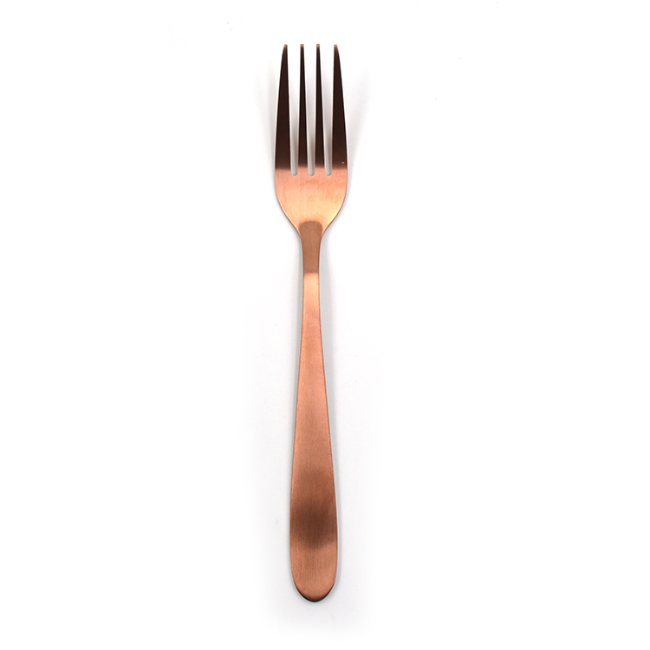
20 May
How to Remove Cutlery Marks from Crockery
How to Remove Cutlery Marks from Crocker...
How to Remove Cutlery Marks from Crockery
Cutlery marks on crockery are a common concern in both household and commercial kitchens. These gray streaks or scratches are usually caused by metal utensils rubbing against glazed ceramic surfaces during everyday use. Over time, these marks can build up and detract from the overall appearance of plates, bowls, and serving dishes. Understanding how to remove cutlery marks from crockery efficiently and how to prevent them in the future is essential for maintaining a pristine presentation. For restaurants, caterers, and large-scale kitchens, working with quality manufacturers like Homefelt, which produces durable stainless steel products, is one of the best ways to minimize such issues.
Before diving into removal techniques, it’s important to understand what causes these marks. Most crockery is made from glazed porcelain or ceramic. While the glaze appears hard and smooth, it can actually be softer than certain metals used in cutlery. When knives or forks come into frequent contact with these surfaces, they can leave fine metal particles behind. The solution is twofold: effective cleaning and higher-quality, better-finished utensils like those manufactured by Homefelt.
One of the most effective cleaning methods for removing these marks involves using a mild abrasive cleaner such as baking soda, mixed with a little water to form a paste. Gently rubbing the affected area with a soft cloth or sponge can lift the marks without damaging the glaze. Commercial-grade cleaners are also available, but it’s essential to test them on a small area first to ensure compatibility with your crockery.
Choosing the right utensils is crucial in reducing long-term damage. While many households opt for affordable products like the IKEA cutlery set, these may not always feature the kind of polished finish that resists streaking on delicate ceramics. In contrast, cutlery from Homefelt undergoes high-precision polishing and finishing processes that reduce friction and minimize residual markings. For large-scale kitchen operations, this helps maintain a cleaner appearance over time with less effort.
Another sustainable solution gaining popularity is the is bamboo cutlery dishwasher safe question, particularly among eco-conscious consumers. Bamboo cutlery doesn’t usually leave marks on ceramic due to its softer nature. However, not all bamboo products are dishwasher safe, especially those untreated or poorly manufactured. At Homefelt, bamboo utensils are treated with food-safe sealants and tested for dishwasher resistance, providing clients with a practical yet eco-friendly alternative.
Additionally, the growing demand for portable dining tools has led to innovations like the outlery cutlery set—a compact, reusable stainless steel set designed for travel and outdoor dining. While convenient, not all such products meet the standard required for heavy-duty daily use. Homefelt addresses this by offering compact travel cutlery sets that combine portability with durability and ceramic-safe finishes.
Beyond aesthetics, maintaining crockery in good condition is also important for food hygiene. Tiny scratches caused by subpar utensils can harbor bacteria and reduce the lifespan of plates. By selecting properly finished stainless steel flatware from trusted suppliers like Homefelt, businesses can ensure both visual appeal and sanitation are upheld across service operations.
In conclusion, removing cutlery marks from crockery is as much about prevention as it is about remedy. Regular cleaning with mild abrasives and choosing well-finished, high-quality cutlery can drastically reduce the appearance of marks. By sourcing from experienced manufacturers like Homefelt, kitchens of all sizes can enjoy long-lasting crockery and the confidence of a clean, professional presentation every time.





